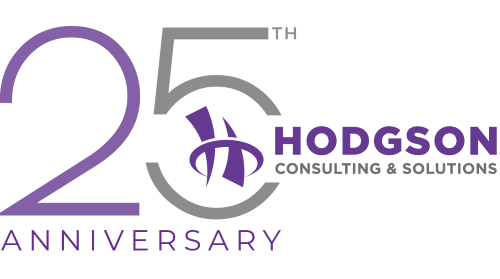Power outages, natural disasters, cyberattacks, and hardware failures often strike without warning. When they do, the impact on small business operations can be devastating.
Backups are essential for data protection, but business continuity goes further—ensuring your operations can continue even during major disruptions. While restoring a file may recover your data, it doesn’t automatically restore your ability to serve clients, connect your team, or resume business as usual. That’s where a comprehensive plan makes all the difference.
It’s not just about restoring data—it’s about staying connected, productive, and responsive while systems recover. A strong continuity plan ensures your team, technology, and clients remain supported—no matter the disruption.
Why Business Continuity Goes Beyond Backups
Let’s be clear: backups are essential. But they’re only part of the equation. What you need is a business continuity plan—a proactive strategy that ensures you can continue operations during and after a major disruption.
When your systems go down, files become inaccessible, or your office is compromised, a backup file on a local server doesn’t help much. Without a clear plan to restore operations quickly, you risk major losses in revenue, reputation, and compliance.
Backups and Business Continuity: What’s the Difference?
Here’s where many businesses go wrong:
- Backups help you restore data.
- Business continuity helps you stay operational, no matter what happens.
A strong continuity plan answers key questions like:
- How fast can we recover?
- Where can the team work if the office is inaccessible?
- Which systems are mission-critical?
- Who’s responsible for activating the recovery plan?
It also includes essential components like:
- Encrypted, off-site and immutable backups
- Prioritized recovery timelines (RTO/RPO)
- Remote work readiness
- Redundant systems and failovers
- Regular disaster simulation testing
A strong IT partner should be able to walk through each of these elements with confidence—ensuring your business has the resilience to weather any disruption.
Will This Actually Happen To Me?
These examples highlight how real-world disasters have impacted businesses—and why planning ahead can make all the difference. In recent years:
- Florida hurricanes displaced hundreds of businesses, leaving those without cloud access completely paralyzed.
- North Carolina flooding destroyed on-site servers, erasing months of records and invoices.
- California wildfires leveled entire office buildings in the Pacific Palisades, many with no off-site recovery in place.
- And countless small businesses hit by ransomware have learned the hard way that their backups were corrupted or never tested.
Disasters don’t just hit enterprise-level organizations; they hit businesses like yours every day.
You Should Be Asking These Questions
If disaster strikes tomorrow, will your business be able to keep going?
Here are a few questions to ask your IT provider:
- If ransomware hits, how fast can we recover?
- Are our backups tested regularly, and what systems are included?
- What’s the plan if a flood or fire takes out our office?
- Is our continuity plan compliant with industry regulations?
- Can we keep serving clients if our team has to work remotely?
If you’re not fully confident in the answers, it may be time to take a closer look at your continuity strategy.
Disasters Happen. Downtime Doesn’t Have To.
You can’t stop every power outage, storm, or cyberattack, but you can control your response.
A good IT provider helps you recover. A great one makes sure you never skip a beat.
Want to find out where your business stands? Click here to book a FREE Network Assessment, and let’s make sure a disaster never turns into downtime.

